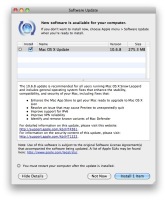

These aren’t all-star specifications, and the Surface 3 is certainly less capable (on paper, at least) than larger competitors.īut Microsoft has always contended that the Surface line’s dual functionality is its key strength, specifications be damned. Our review model was upgraded to four gigabytes of memory and a 128GB SSD, inflating the price from $499 to $599. The device has a small 10-inch display and, in its standard configuration, comes with just two gigabytes of RAM alongside a 64GB solid state drive. Leaping from Windows RT to 8.1 addresses that issue, but it’s not the only limitation Surface 3 must conquer. The problem with the base-line Surface has always been limited functionality. New hardware is always a boon, but it’s not the processor that held Surface back in the past. That should mean greater performance and efficiency than any previous Atom device. It’s also based on Cherry Trail, Intel’s latest version of the Atom platform. This quad-core chip is clocked at 1.6GHz with a maximum burst speed of 2.4GHz.

#Ftp for mac 10.8 windows 8.1#
Unlike those tablets, this new model runs Windows 8.1 on an Intel x86 processor, the Atom x7-Z8700. Starting at $499, the Surface 3 is a successor to the Surface RT and Surface 2, which used the limited Windows RT operating system. Microsoft clearly believes that: Rather than abandoning the lineup that has cost it a billion to date, the company has tweaked and refined the Surface, introducing multiple new models - including the affordable new Surface 3.

“Having a product that people love is the most important thing,” he told CNN. Surface creator Panos Panay recently discussed the billion-dollar financial hit Microsoft took after the introduction of the original.


 0 kommentar(er)
0 kommentar(er)
